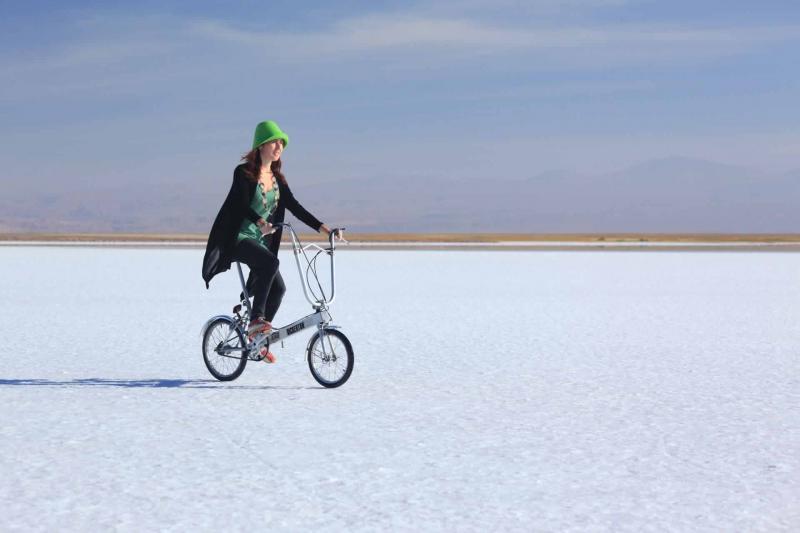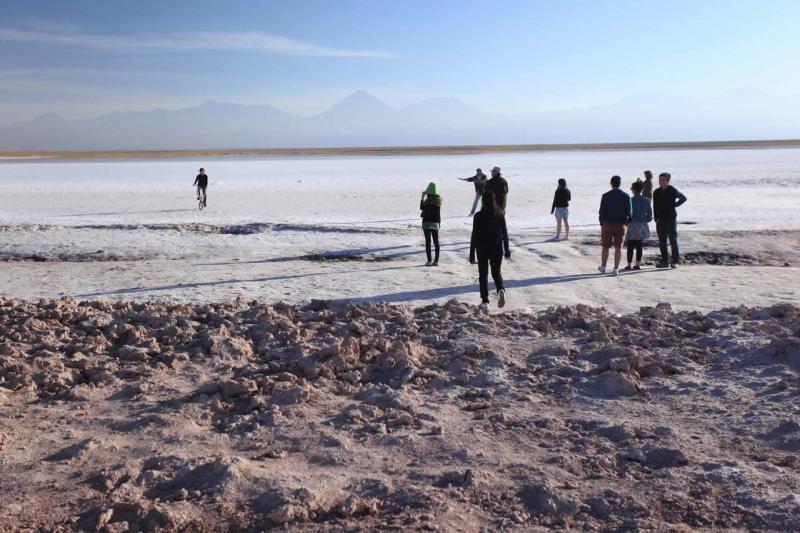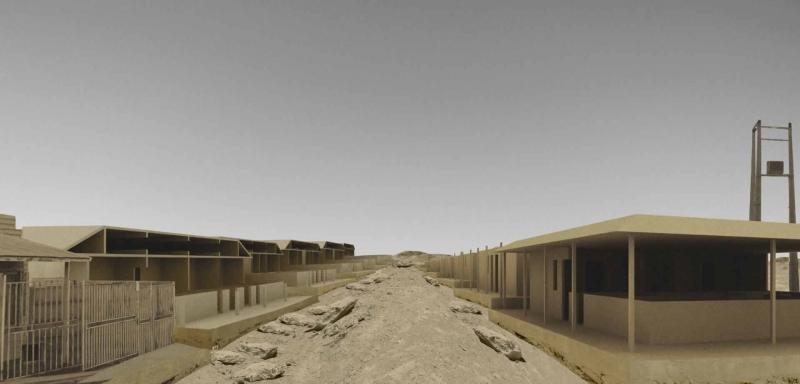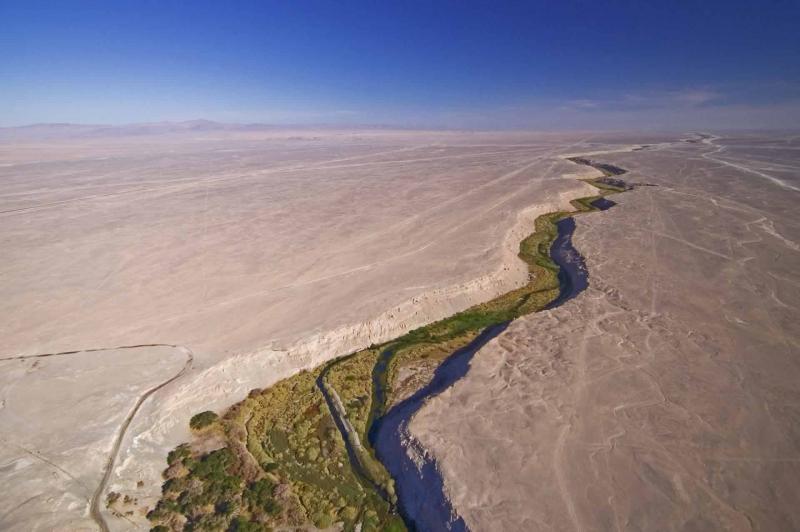



Deserta
Catholic University School of Architecture Chile
5–14 January 2011
In its second year, the AA/UC Visiting School will approached a harsh climatic and geographical condition, the Atacama Desert in northern Chile. Considered to be the driest place on earth, this desert has nonetheless seen the emergence and collapse of several mining towns, always constrained by scarce water and energy resources and extreme weather conditions. Hosting
the workshop at one of these towns, Maria Elena, as well as in Chile’s capital, Santiago, the programme addressed the struggle of cities striving to resist the power of the encroaching desert. Close to large reservoirs of lithium, salts and other mineral components, it is located in an area with one of the highest rates of direct solar radiation in the world, allowing for design and conceptual speculation about its possible urban and architectural future based on the demands of the upcoming industries of concentrated solar power (CSP), tourism and desert agriculture. Founded in 1926 by the Guggenheim family as a mining town, its plan resembles the ideal layouts of sixteenth- and seventeenth-century cities like Vincenzo Scamozzi’s Palmanova or Sebastien Le Prestre de Vauban’s Neuf Brisach. Within this historical and physical context, the workshop combined design and theoretical enquiry in exploring the strictures of the arid condition from the design of images that will carry the mass of tradition and association and the energy of novelty and technology, advancing the transition from the ideal plan to the possible futures of the Atacama Desert.
The workshop was organised in collaboration with the Atacama Desert Centre (CDA) and Desertec Sudamérica, and was be taught by tutors from the AA and the Catholic University: Marina Lathouri, Thomas Weaver and Christopher Pierce will join Rodrigo Perez de Arce, Arturo Lyon and Pedro Ignacio Alonso. The architecture photographer Tim Street-Porter was a special guest. Site visits and evening lectures provided insights into the surrounding landscape of Atacama. The ten-day workshop was open to engaging students, recent graduates, young designers and architects as well as professionals from other related fields interested in exploring alternative forms of practice.
Director
Pedro Ignacio Alonso holds an MSc in Architecture from the Catholic University in Chile and completed his PhD at the Architectural Association. He has taught at the AA since 2005, currently as Visiting Tutor in the Histories and Critical Thinking MA programme. Between 2006 and 2009 he worked at Arup Urban Design in London on a number of large-scale projects in Russia, Azerbaijan, China and Saudi Arabia. He currently teaches at the Catholic University in Santiago.